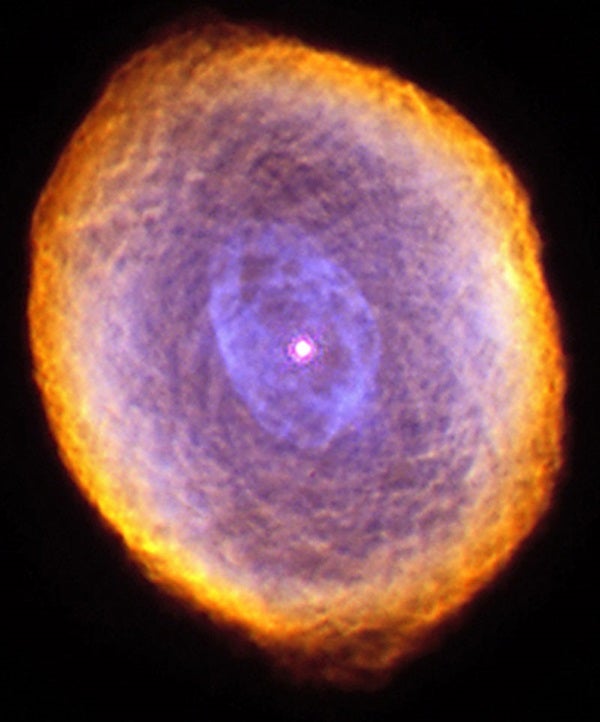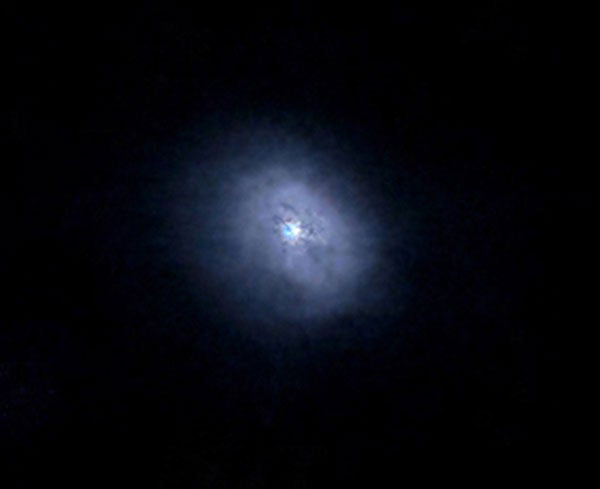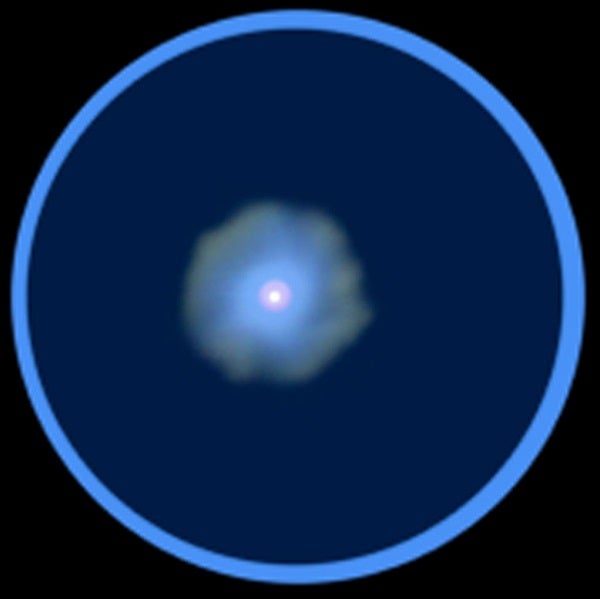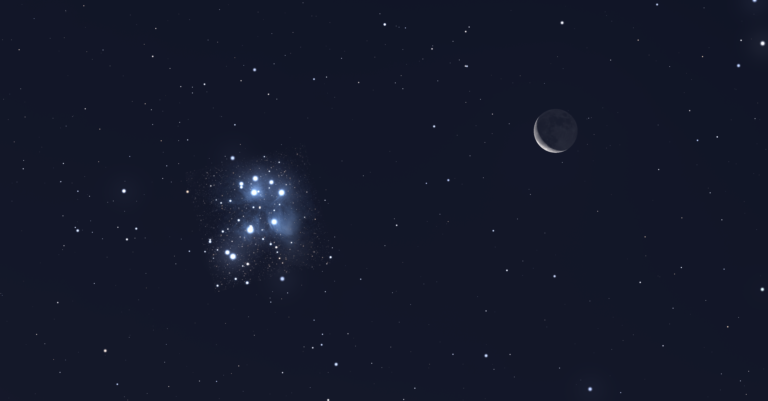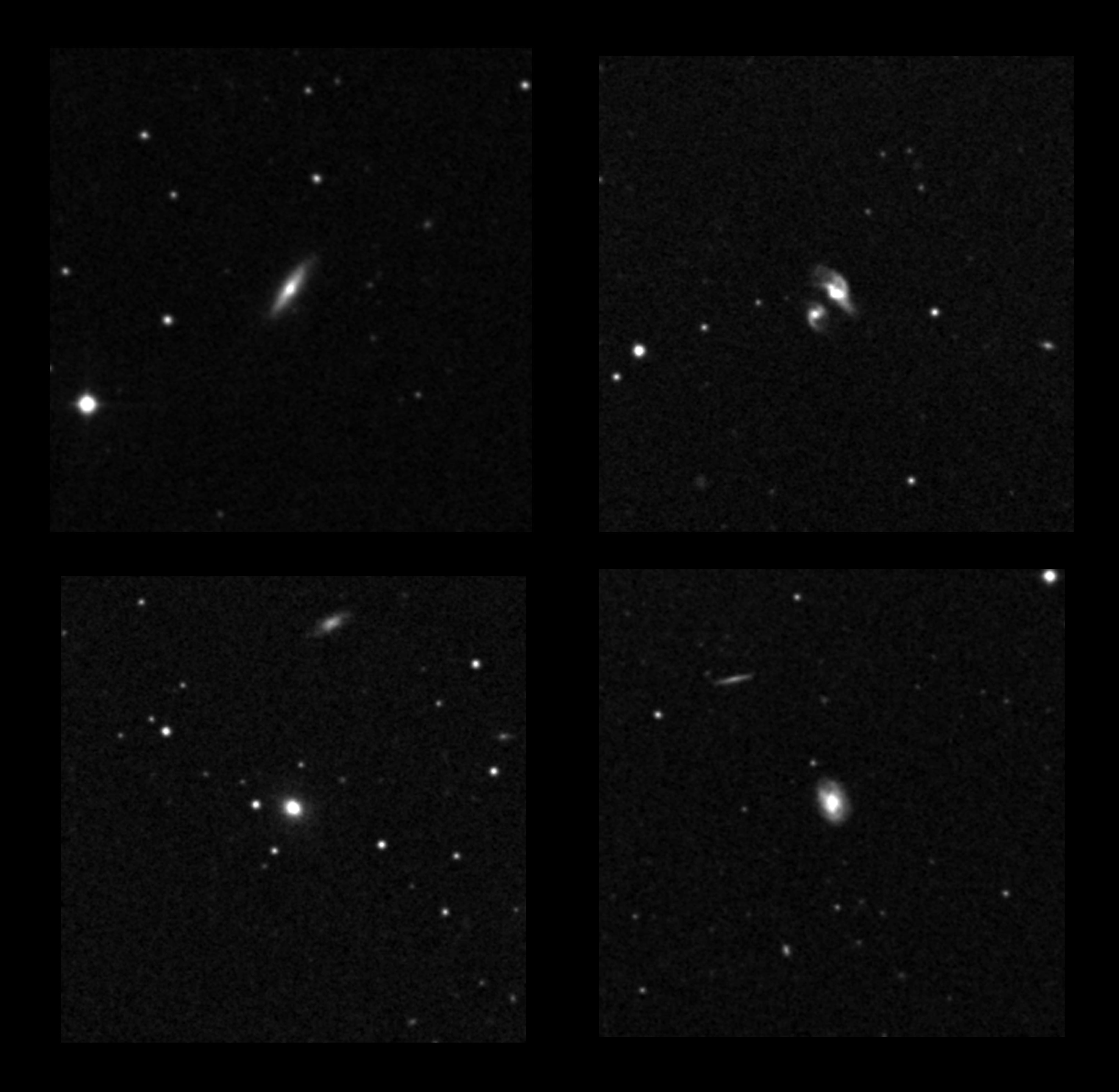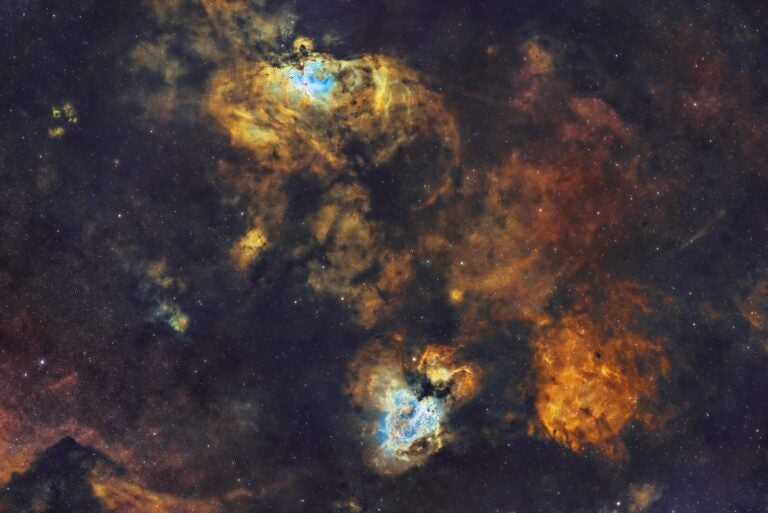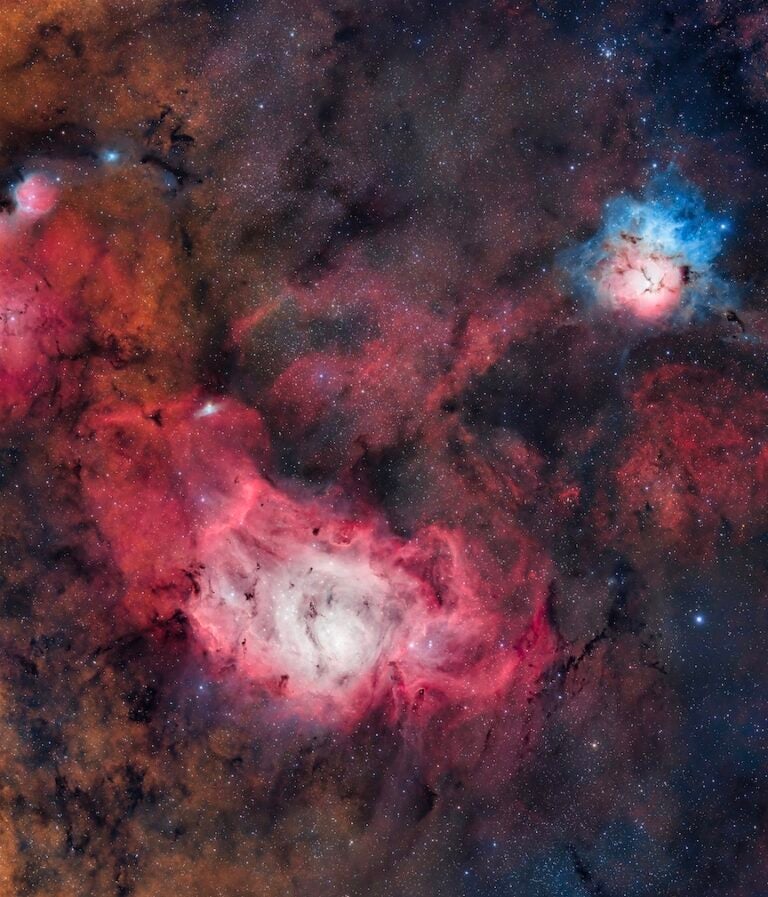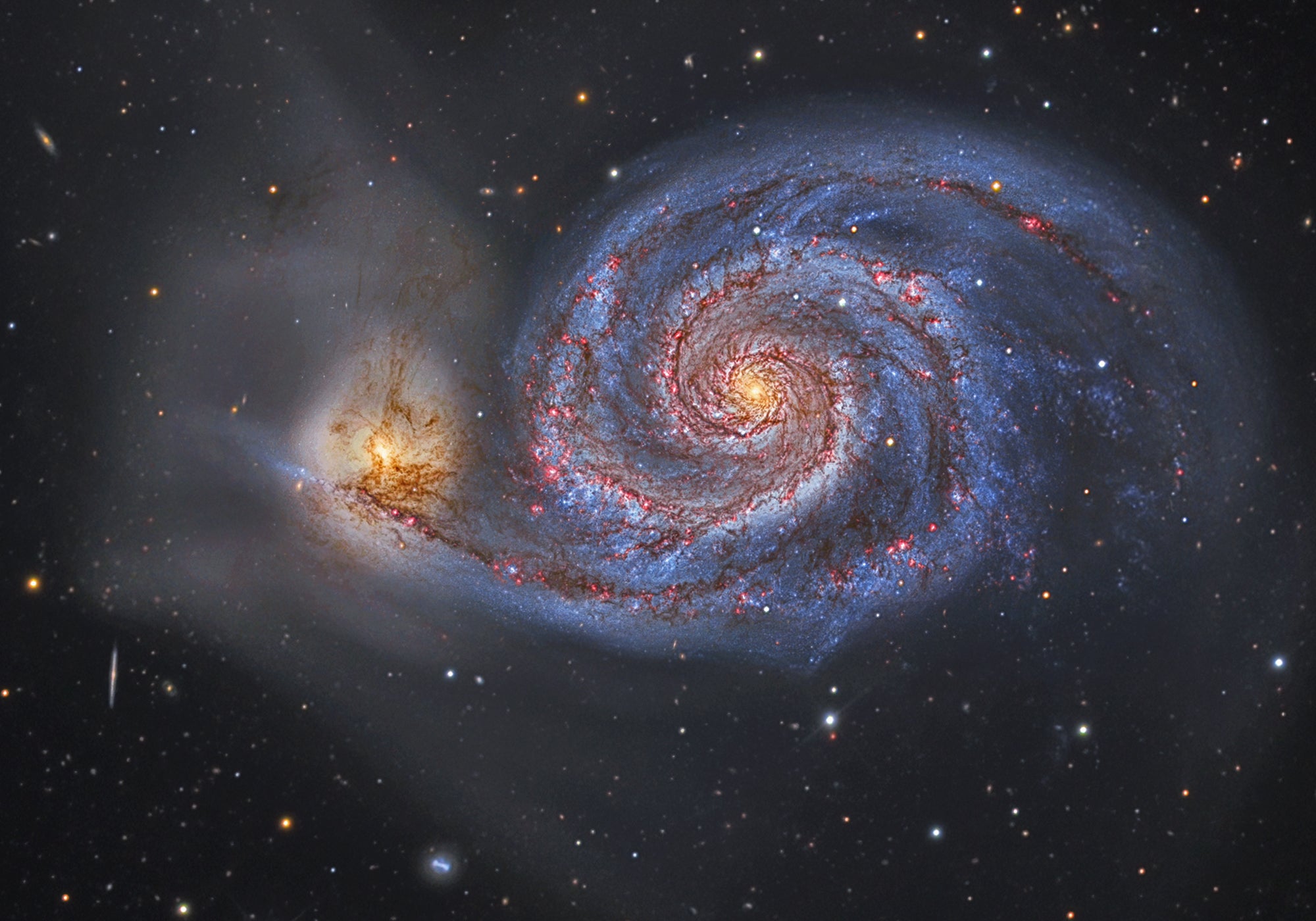I recently received an email from Astronomy contributor Brandon Doyle in Albion, New York. He enjoyed my August 2011 column about the stellar planetary nebula NGC 6210 in Hercules, which inspired him to sketch it. He also suggested I introduce readers to another challenging planetary. That’s why, this month, I’m asking you to find and study IC 418, the Red Raspberry planetary nebula located in Lepus the Hare (right ascension 5h27m; declination –12°42′).
Like NGC 6210, IC 418 is relatively bright (magnitude 9.3) but small (some 14”, less than half the size of NGC 6210). So while one can spy IC 418 in 10×50 binoculars, the planetary reveals its details only through larger apertures under high power.
Like NGC 6210, IC 418 is relatively bright (magnitude 9.3) but small (some 14”, less than half the size of NGC 6210). So while one can spy IC 418 in 10×50 binoculars, the planetary reveals its details only through larger apertures under high power.
In fact, this object looks so starlike that it avoided detection until March 26, 1891. That’s when Harvard astronomer Williamina Paton Fleming noticed the object’s peculiar spectrum on glass plates taken with an objective prism placed in front of Harvard College Observatory’s 8-inch f/5.5 Bache refractor. In her discovery announcement, Fleming said that the spectrum “proves to be that of a planetary nebula.” IC 418 was but one of 43 objects Fleming found in this way, and which she added to the Index Catalogue (IC).
In her discovery announcement, Fleming also noted that IC 418’s “visual spectrum differs strikingly from that of other planetary nebulae.” Indeed, not only is the nebula unusually carbon rich, but the intensity of its infrared emission also spills over to the red end of the visual spectrum. As color images reveal, while IC 418’s interior glows with the blue light typical of many planetary nebulae, it also sports an outer shell that looks like a raspberry “beret” with a fiery yellow inner rim.
In her discovery announcement, Fleming also noted that IC 418’s “visual spectrum differs strikingly from that of other planetary nebulae.” Indeed, not only is the nebula unusually carbon rich, but the intensity of its infrared emission also spills over to the red end of the visual spectrum. As color images reveal, while IC 418’s interior glows with the blue light typical of many planetary nebulae, it also sports an outer shell that looks like a raspberry “beret” with a fiery yellow inner rim.
The challenge, then, is to seek out IC 418 and look for its different colored shells, especially the warm-hued outer one. Try starting at the lowest power possible and letting the nebula’s light fall directly onto your eye’s fovea (on the inner eye wall directly across from the pupil), where the color-sensitive cone cells reside. When I did this through my 4-inch Tele Vue refractor at 23x, I saw the nebula as a pale blue star. Increasing the magnification to 72x revealed a mishmash of blue and yellow tones, with an overall aquamarine sheen.
Not until I used a magnification around 150x could I see three distinct features: a magnitude 10.5 central star, a pale blue inner shell, and a mantle of smoggy yellow light. I could not detect any warmer hues.
Not until I used a magnification around 150x could I see three distinct features: a magnitude 10.5 central star, a pale blue inner shell, and a mantle of smoggy yellow light. I could not detect any warmer hues.
The Raspberry Nebula (IC 418) resides some 2,000 light-years away in Lepus the Hare. The author sketched the central star, a blue inner shell, and a smoggy yellow mantle with a 4-inch scope at a magnification around 150x, but not any of the warmer hues at the nebula’s edges. Credit: Stephen James O’Meara
Observers using apertures of 10 inches or greater have usually detected pink and orange tints in the outer shell. But has anyone seen it as raspberry?
By the way, while making out the nebula’s colors requires direct vision and the judicious use of power, seeking out the nebula’s finest details — like the lacy “webs” in the famous Hubble Space Telescope photo (which led to IC 418’s other popular nickname, the Spirograph Nebula) — requires averted vision, high power, and perhaps telescopes 12 inches or larger. As always, let me know what you see at someara@interpac.net.


